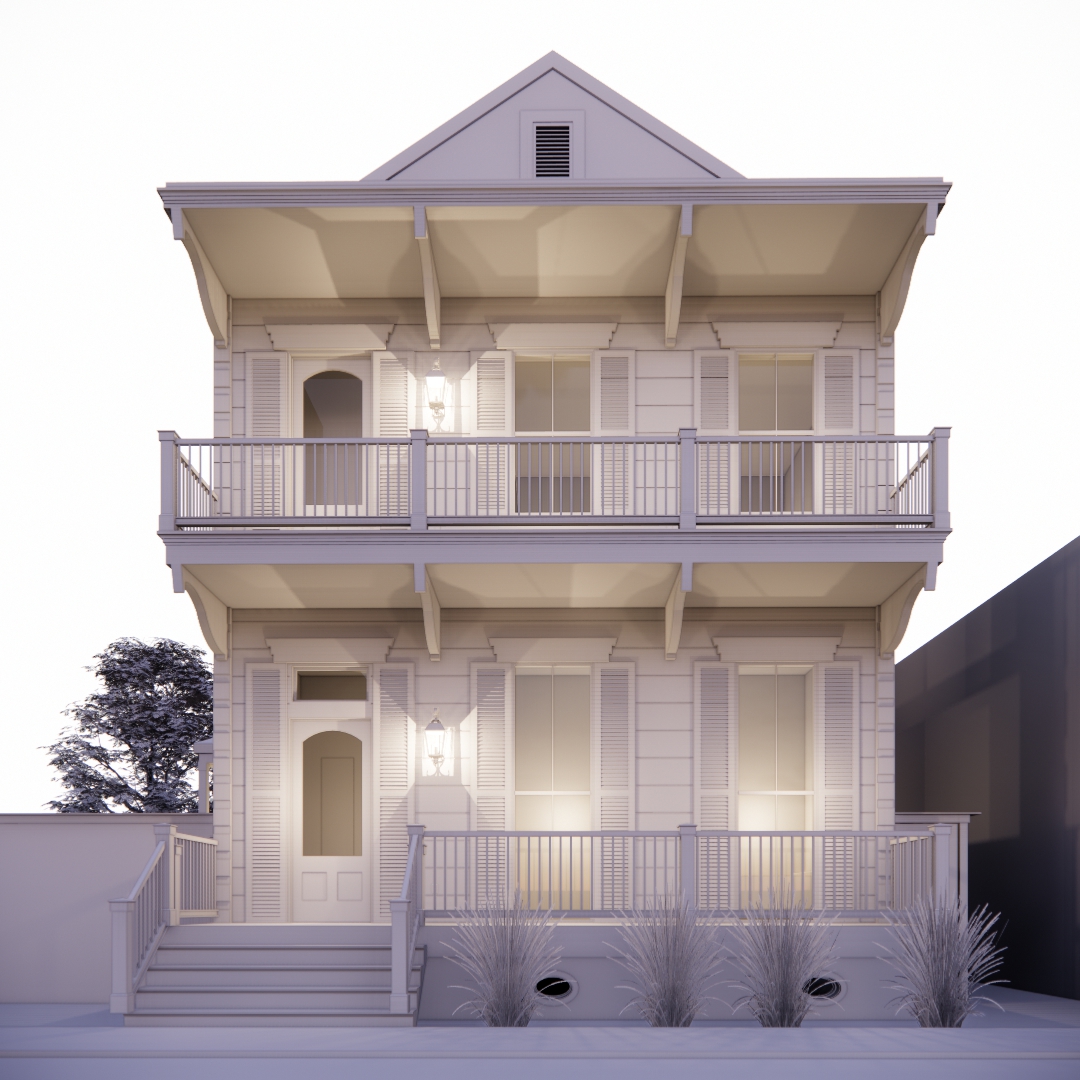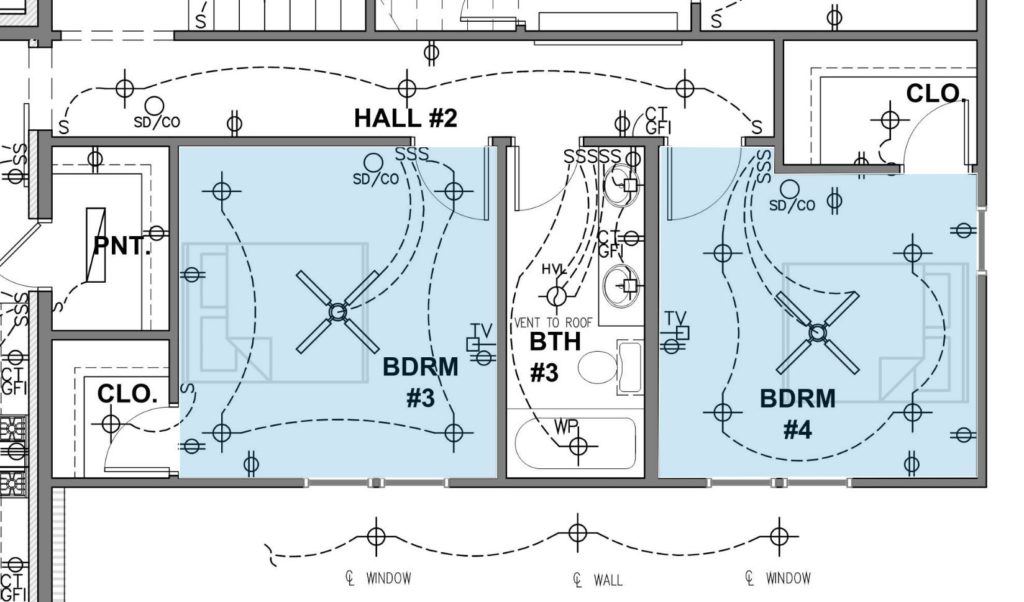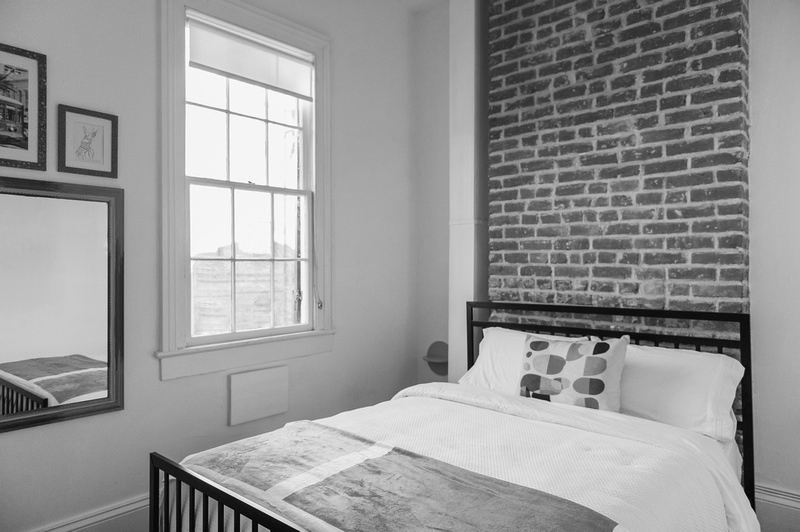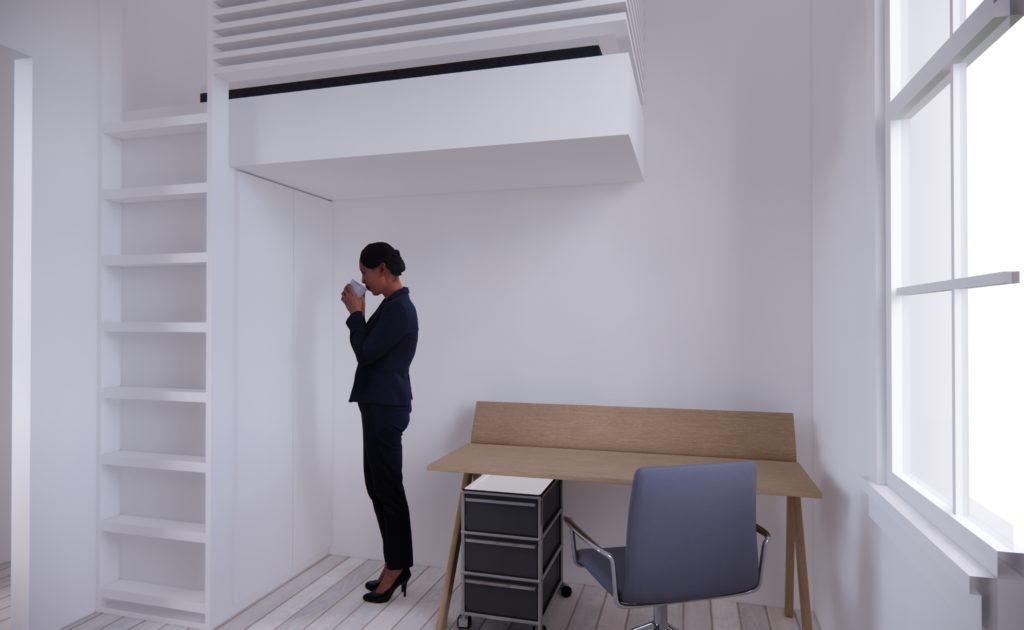
What Is A Good Bedroom Size?
October 7, 2022
The size of the bedrooms in your home starts with the home’s overall square footage. The larger the home, the larger the bedrooms will be. For a good rule of thumb, I always account for a bedroom to accommodate at least a queen size bed. By doing this, we can provide comfortable accommodations for any one such as a roommate, teenager, or guest that stays at our home. Let’s take a look at a few different bedroom sizes and their matching square footages!
Large Bedroom
To provide clarity on the word “large” this will refer to any house over (2000) living square feet. For this type of home it is typical to use a bedroom that is (11) x (12) feet or ideally (12) x (12) feet. In this size home and beyond, we often have to provide more accommodations for larger furniture and that can fill up a room pretty quickly! On the floor plan below, you’ll there is a lot of room provided at the foot of the bed in a (12) foot deep room. The size of a queen size bed is (5) feet wide by (6.5) feet long. This means that you can still provide anything from a (2) foot deep desk, tv stand, or chest of drawers while still having a (3) feet of walkway between. This generous size will allow the room to accommodate these large pieces of furniture without it feeling cramped. The furniture in this type of room usually calls for (1) bed, (2) nightstands, and (1) piece of furniture at the foot of the bed. Remember, we don’t want to make these rooms equal or greater than the size of the primary bedroom. Not all homes can accommodate this size room, and no worries, we have a solution for that too!

Medium Bedroom Size
As we move down the square footage ladder, we get to the range of (1500-2000) living square feet. It is in this size home, we will use bedrooms that are (10) feet by (10) feet at a minimum with (10) feet by (11) feet being ideal. This is the smallest room size I would use to account for a queen size bed. Reason being, once you put the bed in the middle, you only have a little over (3) feet at the foot. This will allow you to provide a very small tv stand but ideally a wall mounted tv. We can safely assume that there will be at least one door to a closet or bathroom, and with that you can only account for (1) deep nightstand. By placing (2) night stands you’ll begin to crowd the door way for the bathroom or block the opening of a closet door, and the room will feel small. A quick tip we have found in our (10) by (10) bedrooms, rather than using a nightstand, a wall mounted floating shelf is ideal! This can actually provide an area to charge a phone, hold a cup of water, or jewelry at night for guests of the home. This covers the smallest bedroom I would use to supply a queen size bed, which moves us to our last room, the small.

Small bedrooms
In practice, anything under (10) feet in width or length starts to become difficult to furnish as outlined above. Now, this size can still accommodate twin beds, bunk beds (which is just twin beds stacked), and full-size beds. Also, it’s worth noting this can still be a great child’s bedroom for many years to come! As long as you have two means of egress which is typically a window and a door, there’s no problem with placing the bed in the corner of the room providing a little play area on the floor. For me, there is an overlap for small bedrooms and office spaces. This size room, (9) feet by (9) feet is ideal for a work environment. You can typically add a small futon in the room as well, should you want to provide a guest sleeping area. We all have to make spaces work, and some spaces aren’t chosen, they are existing.

The best information I can give to all of my clients is to bring a tape measure with them. Measure rooms that they love, measure furniture that they love! The truth is, paper drawings and blog posts can only tell us so much, and seeing spaces in person is still the best way to experience it. I hope these tips help you on your journey to find the right size room, and remember that there are no wrong sizes, just ones that may not be right for you.
NEW ORLEANS, LA architect - SPECIALIZING IN RENOVATIONS
BRAD MICHAEL architecture
architect for the conscious and inspired
follow along @bradmichaelarchitecture